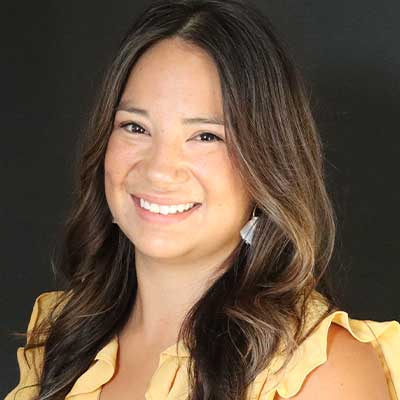I began my career as a social worker 15 years ago working with youth who stayed at a “homeless” shelter in downtown Spokane. I helped connect them with schools and other services, and this is when I first heard the term McKinney Vento Act – our federal legislation guiding the education of students experiencing homelessness. Years later, it is even more clear to me in my role as a school counselor how students who don’t have their basic needs met, such as housing or emotional safety, struggle in the classroom, often appearing as if they are uninterested or defiant.
Students struggling with mental health or emotional wellbeing often exhibit symptoms as “disruptive” or “shutting down” behaviors, making it hard for educators to teach them. It is important to remember that outward behavior is a symptom of something within, and the student might not even know exactly what it is they’re feeling or how to verbalize these feelings. Trauma-informed practices have become a more common language in education, and the big take away I would emphasize is that trauma can look different with each individual and it is subjective. What may be a traumatic experience for one individual may not be the same for another.
There have been efforts in Idaho and across the country to help bring awareness and educate caregivers and adults working with children on the impact of trauma on the brain and nervous system. Ongoing studies show how adverse childhood experiences (often called ACEs) can have negative lasting effects, and impact adulthood. Early interventions can help create resiliency and healing. Educators can help create resiliency by building relationships and offering a safety network at school.
When we think of safe spaces, and safety in the classroom, simple things like structure, routine and consistency can help make a student feel safe. If they have these things, and have predictability, they will feel safer. If they know the adult is going to maintain structure and hold firm boundaries they feel safer. Unfortunately, struggling kids often push these boundaries to see how far they can go or to get away with things.
Reaching out to parents and families early on can make a huge difference. When I meet or talk to a parent or guardian, I let them know that I believe they are the expert on their child. It is also important to remember our student’s family dynamics are unique and diverse from our own. Showing a willingness to learn more about families and their dynamics can go a long way in working with the students. As a counselor, I am privileged to personal history and information disclosed by parents and students, but sometimes this information isn’t always shared with me. I don’t need to know the all of the details of the trauma to help. If I understand how trauma can impact the brain and body then I may be able to understand why a student is acting out and can then look for ways to intervene.
Understanding the reasons behind a student’s behavior is key for educators — especially with students exhibiting the most difficult behaviors. In the moment, it can often be difficult to not to take things personally when these struggles manifest in aggression or explosiveness, and are continually ongoing — after all, teachers are human too. This is when it is really important to ensure self-care is practiced, we must make sure we are providing ourselves the time necessary to preserve energy and give ourselves grace while we do this very important work.
One of the ongoing struggles I’ve come across with my colleagues and helping our students is finding the function of the behavior. I don’t believe our students just wake up and decide they are going to act out for the heck of it. There is a reason or “function.” And, as mentioned above, the student may not even realize it why they are compelled to act the way they do. To them, this function seems to work for them as a way of coping or surviving. While these situations may take time to assess, working together with your colleagues and team could help you to find answers sooner. To be successful, we must work to help our students learn other coping skills and ways to deal with their emotions. They need language to verbalize what they’re dealing with. This is why I love working in the schools, there is an opportunity to teach some of these life skills in the classrooms or in small groups, or individual settings.
I can’t write about students’ behaviors and mental health without mentioning how this needs to be an ongoing conversation at the state level and continued efforts must be made to work with our stakeholders to bring more services in and outside of schools. We can’t do this work alone. The families must be involved and outside professionals may need to be involved as well. At my school, we’ve been lucky enough to partner with an outside agency to be able to have a full-time therapist on site. This valuable partnership helps to take away barriers for students to access mental health services and allow more opportunities that might not be afforded otherwise.
For more information on Idaho’s strategic plan behavioral health and to access current resources in Idaho check out the Idaho Behavioral Council website.
Darcie DeLeon is a licensed master social worker in Idaho and works as a school counselor. She has worked in public education in Idaho for 13 years and as an advocate for youth and their mental health for 15 years. She currently serves on the Board of Directors for the Idaho Education Association.

